Pocket-sized smart growth

Posted February 26, 2008 at 11:40PM
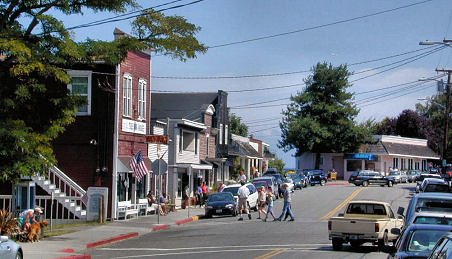
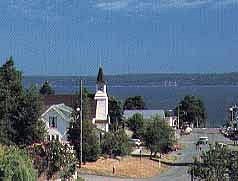
Last week I was posting about the downtowns of the very large cities of London, Stockholm, and Washington, DC. I’ve also posted about smart growth in smaller cities. But good, environmentally sound development comes in all shapes and sizes, and one of my favorite examples is in the even-smaller rural town of Langley, on Whidbey Island in Washington State. Langley’s estimated population, as of 2006, is 1,026. But the town is growing: in 2000, the population was only 959!
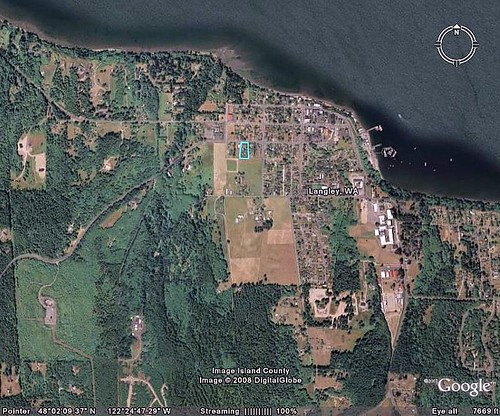
A ferry ride away from the city of Everett, itself about 30 miles north of Seattle, Langley has been well-positioned to retain its character over the years, and it has remained the sort of quintessential small town that America was once famous for. As you can tell from the Google Earth satellite image above, it is currently surrounded by water and agriculture, not sprawl. And a beautiful and innovative little development is providing one of the models for keeping it that way.
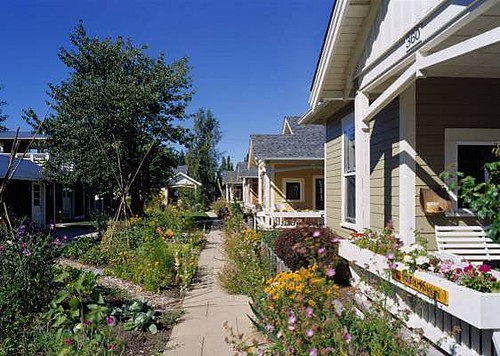
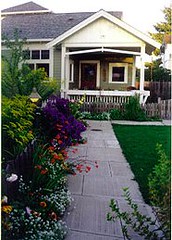
I’m going to let the pictures tell most of this story. Third Street Cottages, the development pictured above and sited within the blue boundary on the Google satellite image below, has put eight single-family homes on two-thirds of an acre, in an in-town location within walking distance of all the town’s amenities and Puget Sound. The development was designed by Langley architect Ross Chapin and built by Chapin with his development partner, Jim Soules of The Cottage Company (insert pun about “cottage industry” here).

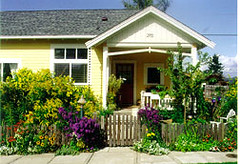
The homes are small, to be sure, slightly under 1000 square feet each, and best suited to one- or two-member households. But guess what? That’s 60 percent of the households in America today, and a growing portion. Their green features include lots of natural light that reduces electricity demands and use of reclaimed wood that, Chapin and Soules are fond of pointing out, was previously on its way to a mill to become toilet paper.
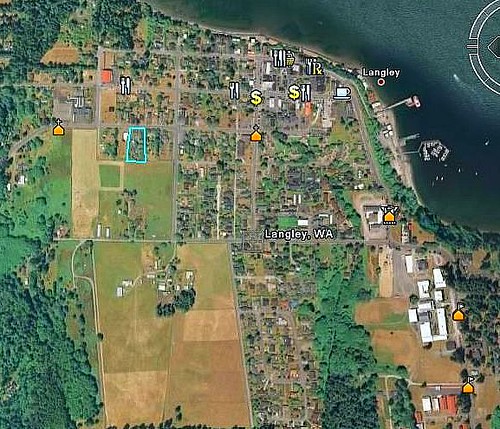
There is a great sense of community, since the houses are clustered around a green courtyard, they share a common kiosk where mail is delivered, and residents have an easy walk (or very short drive) to the grocery store, pharmacy, places of worship, banks, and places to eat out, as the little icons (bronze for schools and places of worship, yellow dollar signs for banks, and white knives/forks and coffee cups for places to eat) on the satellite image above indicate.
Best of all, Third Street Cottages became a prototype of development that is now encouraged by a cottage ordinance in Langley and other similarly situated towns, and in various forms that you can see well-represented in Chapin’s and The Cottage Company’s websites. These kinds of developments are using land efficiently, reducing transportation burdens, and providing opportunities and models for small-town America to grow without losing its character. They aren’t a total solution, since we need larger houses as well, but those, too, can be developed in sustainable forms, as Chapin’s and Soule’s other work illustrates. I am particularly impressed by another of their pocket-sized projects, Backyard Neighborhood (which I believe is also on Whidbey Island), as a model for adding housing diversity and making good use of land in a neighborhood with suburban-scaled lots.
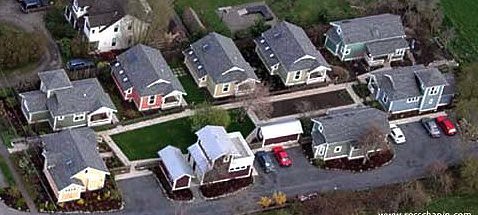

I get resistance sometimes from people who believe smart growth techniques are only suited to urban areas. They insist that only low-density development can succeed in small towns and rural areas, and that it isn’t realistic to put homes within easy reach of conveniences like stores and places to eat. These guys are proving that’s not the case.